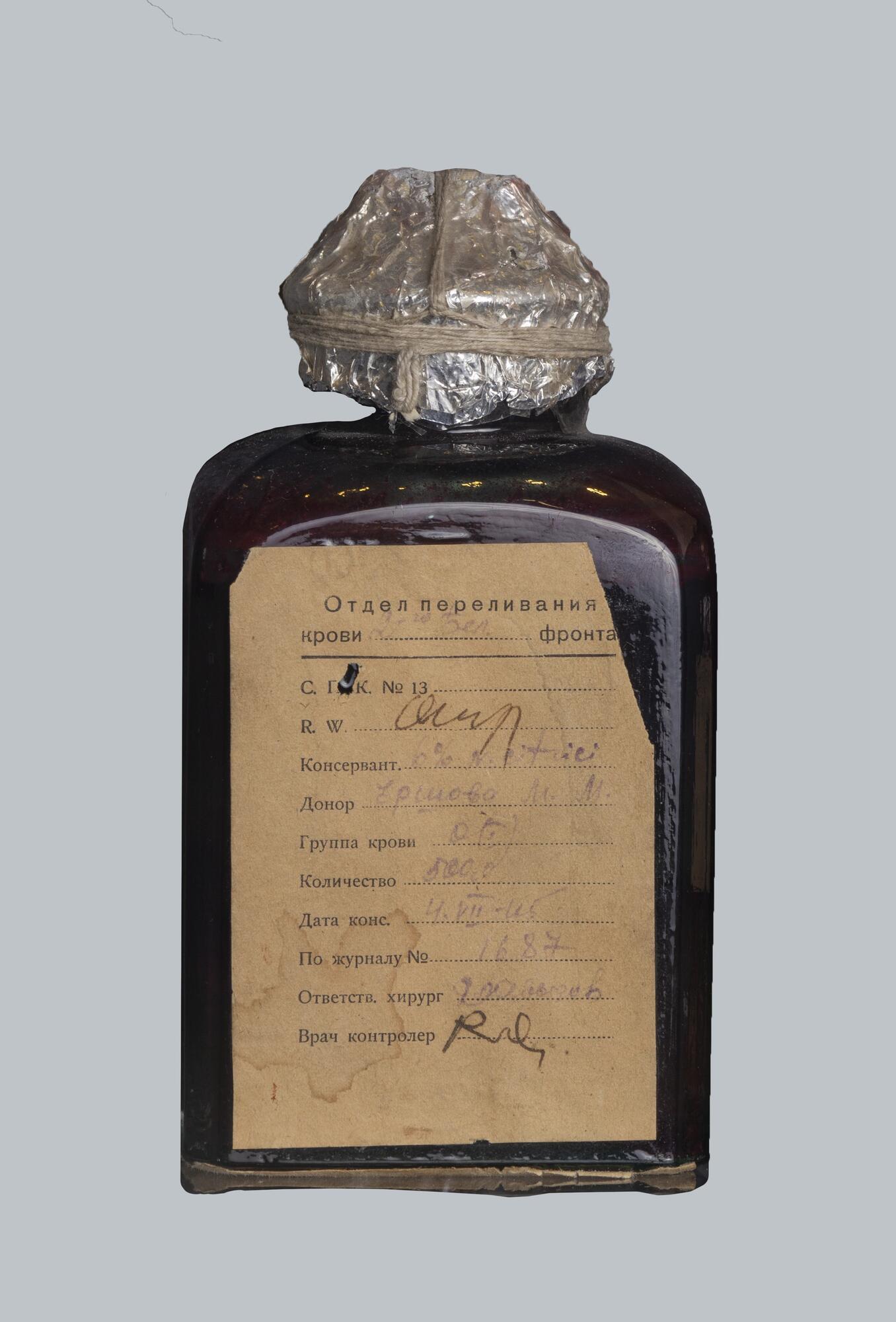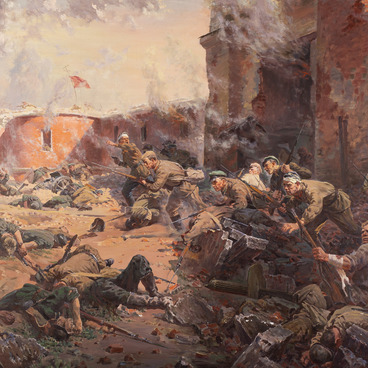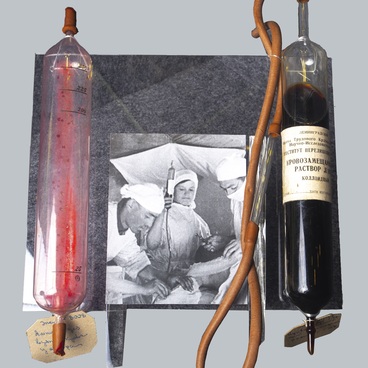During the siege of Leningrad, blood donors provided invaluable assistance to the Soviet Armed Forces. In the fall of 1941, there were concerns that there would not be enough donors because of starvation and alimentary dystrophy. However, on December 10, 1941, the Military Council of the Leningrad Front issued an order to provide extra food rations to the donors, which improved the situation.
Leningrad residents demonstrated exceptional patriotism. From the first day of the war, hundreds of Soviet citizens came to the Leningrad Blood Transfusion Institute willing to serve their country by donating blood. By 2 pm on June 22, 1941, an information desk had been organized at the blood transfusion department, and the next morning, there were not three but six rooms for examining potential donors.
By 7 pm, 70 liters of blood had been preserved, which made it possible to fully meet the army’s initial demand. The number of people willing to donate blood was impressive: in 1942 alone, 104,924 people joined the ranks of blood donors, while the total number over the entire siege period amounted to 132,543.
Over the siege period, approximately 144,000 liters of donor blood was donated and supplied not only to the hospitals of the city and the Leningrad Front but also to all other fronts of the Great Patriotic War. As a result, the resilient people of Leningrad provided donor blood to patients throughout the Soviet Union.
At the same time, there were difficulties with blood banking and storage. The lack of distilled water and special containers (ampoules and jars) affected the defense of the city on the Neva. Still, the staff of the Blood Transfusion Research Institute managed to find a solution.
In the winter, the institute personnel began obtaining distilled water from melted snow. Instead of special ampoules, they used common glass containers and invented a new method of sealing. This is how the blood jar from the museum collection was preserved. It was donated to the museum by the Blood Transfusion Institute in 1945.
Leningrad residents demonstrated exceptional patriotism. From the first day of the war, hundreds of Soviet citizens came to the Leningrad Blood Transfusion Institute willing to serve their country by donating blood. By 2 pm on June 22, 1941, an information desk had been organized at the blood transfusion department, and the next morning, there were not three but six rooms for examining potential donors.
By 7 pm, 70 liters of blood had been preserved, which made it possible to fully meet the army’s initial demand. The number of people willing to donate blood was impressive: in 1942 alone, 104,924 people joined the ranks of blood donors, while the total number over the entire siege period amounted to 132,543.
Over the siege period, approximately 144,000 liters of donor blood was donated and supplied not only to the hospitals of the city and the Leningrad Front but also to all other fronts of the Great Patriotic War. As a result, the resilient people of Leningrad provided donor blood to patients throughout the Soviet Union.
At the same time, there were difficulties with blood banking and storage. The lack of distilled water and special containers (ampoules and jars) affected the defense of the city on the Neva. Still, the staff of the Blood Transfusion Research Institute managed to find a solution.
In the winter, the institute personnel began obtaining distilled water from melted snow. Instead of special ampoules, they used common glass containers and invented a new method of sealing. This is how the blood jar from the museum collection was preserved. It was donated to the museum by the Blood Transfusion Institute in 1945.


